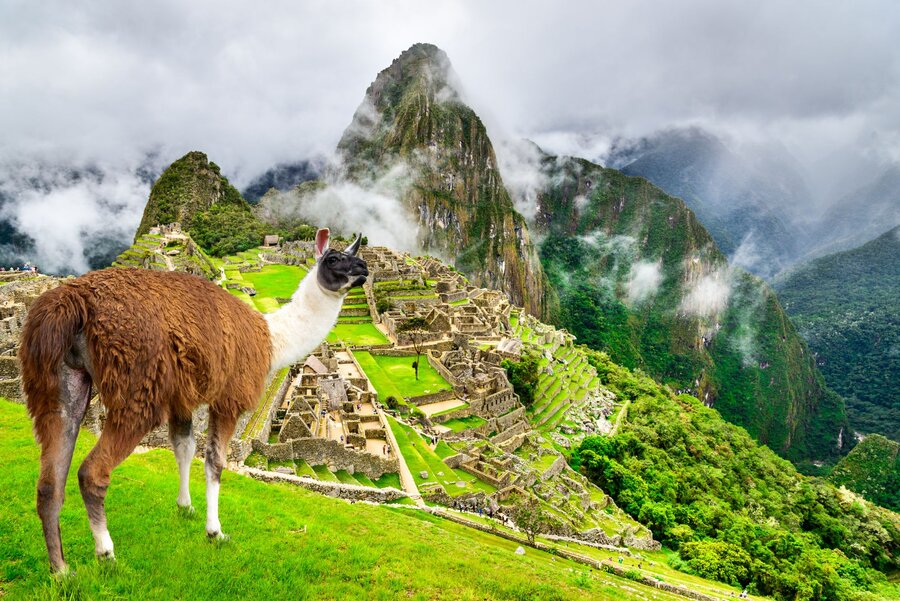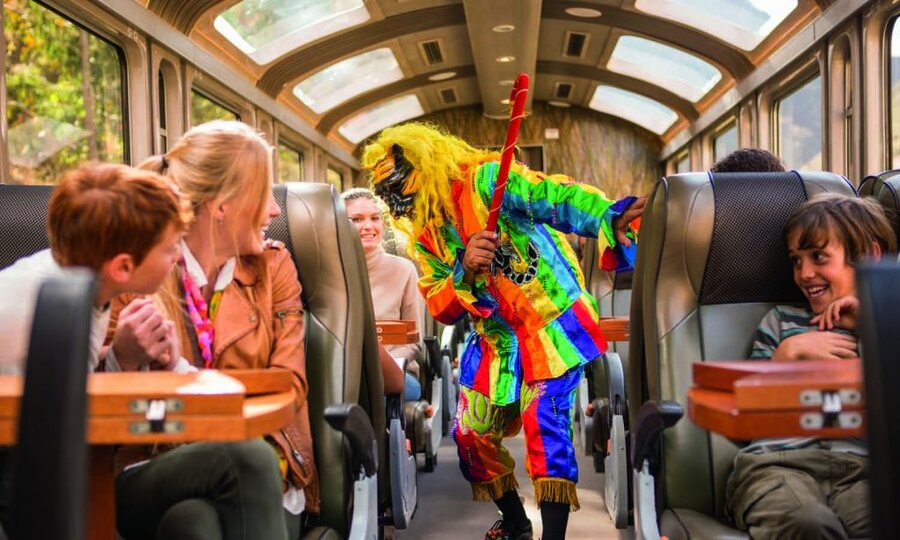
Machu Picchu is one of the most popular tourist destinations in the world, and for good reason. The ancient Inca city is a marvel of engineering and architecture, and its stunning location high in the Andes Mountains is simply breathtaking.
Snnugled high in the Andes Mountains of Peru, Machu Picchu stands as a testament to the ingenuity and architectural prowess of the ancient Inca civilization.
This mystical citadel, known as the “Lost City of the Incas,” has captivated the imaginations of travelers and explorers for centuries.
As a travel journalist and expert in all things extraordinary, I invite you to join me on a virtual journey to Machu Picchu, as we uncover its secrets and marvel at its timeless beauty.
A Glimpse into Inca History:
Machu Picchu, believed to have been built in the 15th century, served as an important center for the Inca Empire. Abandoned and forgotten for centuries, it was rediscovered by American explorer Hiram Bingham in 1911. Today, it stands as a UNESCO World Heritage site and is one of the New Seven Wonders of the World.
Breathtaking Architecture:
The architectural wonders of Machu Picchu in Peru are truly awe-inspiring. Its precise stone masonry, expertly carved terraces, and intricate structures showcase the Inca’s exceptional craftsmanship. The iconic Intihuatana, a ceremonial stone, reflects the Inca’s deep connection with astronomy and the sun.
The Mystical Atmosphere:
The aura of mystery and spirituality enveloping Machu Picchu is palpable. Nestled amidst verdant mountains, the site offers breathtaking panoramic views that seem to merge the earthly with the celestial. Visitors often describe a sense of tranquility and a connection to ancient energies while exploring the citadel’s ruins.
The Peru Inca Trail Adventure:
For adventurous souls, the legendary Inca Trail leading to Machu Picchu is a must-do experience. This four-day trek takes hikers through diverse landscapes, from high-altitude mountain passes to cloud forests.
Along the way, trekkers encounter other Inca ruins, experience local culture, and immerse themselves in the region’s natural beauty.
Surrounding Natural Splendor:
Machu Picchu is not just an architectural wonder but also a gateway to the breathtaking beauty of the Peruvian Andes. Visitors can explore the Sacred Valley, with its lush agricultural terraces and vibrant local markets, or embark on a scenic train journey through the Andean highlands to the town of Aguas Calientes, the gateway to Machu Picchu.
Sustainable Tourism and Preservation:
Preserving the delicate ecosystem and cultural heritage of Machu Picchu is of paramount importance. The Peruvian government and local communities have implemented measures to ensure sustainable tourism, such as limiting daily visitor numbers and promoting responsible trekking practices.
Travelers are encouraged to respect the site, follow designated paths, and engage with local guides to gain a deeper understanding of the region’s history and traditions.
Getting to Machu Picchu in Peru as a tourist involves a few key steps.

Here’s a guide on how to reach to Machu Picchu:
International Travel:
If you’re traveling from outside of Peru, your journey will likely begin with a flight to Jorge Chávez International Airport in Lima, the capital city of Peru. Many international airlines offer direct flights to Lima from major cities worldwide.
Lima to Cusco:
From Lima, you’ll need to travel to Cusco, the gateway to Machu Picchu. The most common way to reach Cusco is by domestic flight from Lima. Several airlines operate frequent flights between the two cities, with a flight duration of approximately one hour. It’s advisable to book your domestic flights in advance, especially during peak tourist seasons.
Cusco to Aguas Calientes:
Once you arrive in Cusco, you’ll need to make your way to the town of Aguas Calientes (also known as Machu Picchu Pueblo), which is the closest access point to Machu Picchu. There are two primary ways to reach Aguas Calientes:
a. Train: The most popular option is to take a scenic train ride from Cusco or Ollantaytambo to Aguas Calientes. Two main train companies operate services to Aguas Calientes: PeruRail and Inca Rail. Trains offer various classes, from budget to luxury, and provide stunning views of the Andean landscape along the way.
b. Trekking: For adventure seekers and hikers, the Inca Trail is a renowned option. The four-day trek begins at kilometer 82 (or kilometer 104 for a shorter version) and culminates at the Sun Gate, with Machu Picchu spread out before you. It’s important to note that permits are required for the Inca Trail, and it’s advisable to book well in advance due to limited availability.
Aguas Calientes to Machu Picchu:
From Aguas Calientes, you have two options to reach Machu Picchu:
a. Bus: Regular shuttle buses operate between Aguas Calientes and the entrance of Machu Picchu. The bus ride takes around 30 minutes and involves a winding ascent up the mountainside. It’s recommended to purchase your bus tickets in advance to ensure availability, especially during peak seasons.
b. Hiking: For the more adventurous and physically fit, you can choose to hike up to Machu Picchu from Aguas Calientes. The hike, known as the “Machu Picchu Montaña” or “Huayna Picchu,” offers stunning views but requires a separate permit. It’s essential to check availability and book in advance.
Machu Picchu, Peru:
Upon reaching this place, you’ll be greeted by the awe-inspiring ancient citadel. It’s advisable to hire a professional guide to enhance your experience and gain a deeper understanding of the site’s history and significance. Guided tours are available at the entrance.
Remember to check the official website of the Ministry of Culture of Peru for the latest information on entry tickets, permits, and regulations.
Once you arrive in Machu Picchu, there are a few things you definitely want to do:
Explore the ruins: The ruins are incredibly well-preserved, and there’s something to see for everyone. Be sure to visit the Sun Gate, the Temple of the Sun, and the Main Plaza.
Hike Huayna Picchu or Machu Picchu Mountain: These two mountains offer stunning views of the ruins and the surrounding countryside.
Take a dip in the Sacred Pool: This natural pool is located just below the ruins, and it’s a great place to relax and cool off after a long day of exploring.
Where to stay if you travel to Machu Picchu:
There are a few different places to stay in. The most popular option is to stay in Aguas Calientes, the town at the base of the ruins. There are a variety of hotels and hostels to choose from, and most offer stunning views of Machu Picchu Mountain.
If you’re looking for a more secluded experience, you can stay in one of the lodges that are located in the Sacred Valley. These lodges offer stunning views of the Andes Mountains, and they’re a great place to relax and escape the hustle and bustle of Cusco.
Budget for travel to Machu Picchu:
The cost of a trip to Machu Picchu will vary depending on your travel style and preferences. However, you can expect to spend around $1,000-$2,000 for a week-long trip. This includes the cost of transportation, accommodation, food, and activities.
(price in american dollars, May 2023)
By following these steps, you’ll embark on an unforgettable journey to Machu Picchu, where the wonders of the ancient Inca civilization await your discovery.


